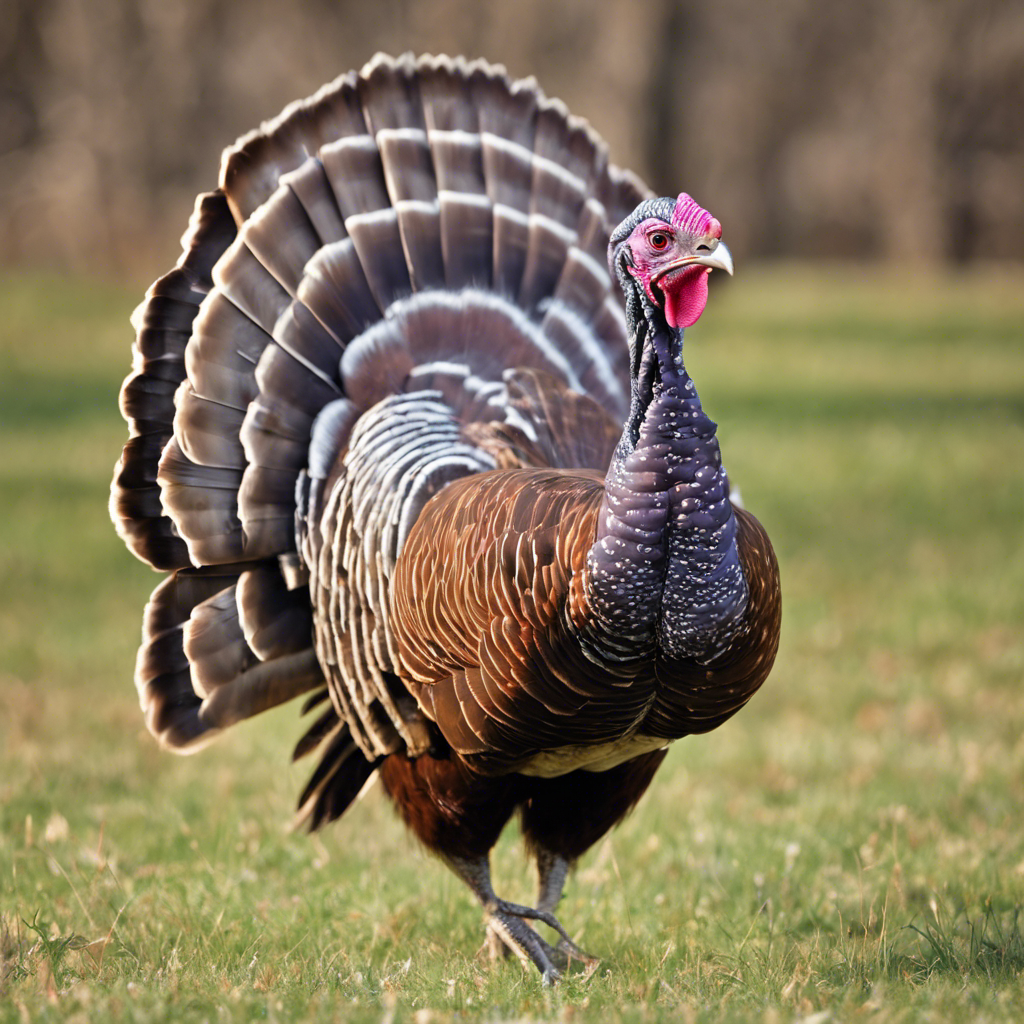Biologists aim to refine harvest and land management strategies by examining bird habitat, nesting, reproduction, and survival.
The wild turkey population in Kansas has been steadily declining over the past 15 years, prompting biologists at Kansas State University (K-State) to launch a comprehensive study. With a budget of $1.8 million, the research aims to gain a deeper understanding of bird habitat, nesting patterns, reproduction, and survival rates. By gathering detailed data on these factors, experts hope to refine harvest and land management strategies to reverse the decline in the state’s wild turkey population.
The Decline in Wild Turkey Population:
The Kansas Wildlife and Parks Commission recently made the decision to cancel the state’s fall turkey hunting season due to the alarming decline in the wild turkey population. This move followed previous measures, such as reducing the fall bag limit from four birds to one bird in 2017 and shortening the fall hunting season from 123 days to 41 days in 2019. Additionally, state officials have limited out-of-state hunting permits and reduced the bag limit on turkeys during the spring hunting season.
The Research Plan:
Starting in January, K-State researchers will capture hundreds of Eastern and Rio Grande wild turkeys on both public and private land in Kansas. These birds will be fitted with GPS transmitters and leg bands to gather detailed insights into the factors contributing to the population decline. The study will also investigate the viability and usage of roost trees, food availability for breeding hens and juvenile turkeys, pesticide exposure, and diseases among wild turkeys in Kansas and neighboring states.
The Importance of Understanding the Decline:
Wild turkeys are not only valuable game birds in Kansas but also play a crucial role in the state’s economy and ecology. The lack of understanding regarding the factors driving the population decline has hindered effective management actions. By determining potential causes and providing focused management options, researchers aim to reverse the decline and ensure the long-term sustainability of wild turkeys in Kansas.
Collaboration and Funding:
The effort to address the 60% decline in the turkey population since 2008 is a partnership between the Kansas Department of Wildlife and Parks and the National Wild Turkey Federation, a nonprofit organization dedicated to hunters’ rights and habitat preservation. The funding for the study comes from these two organizations, highlighting the shared commitment to conserving and managing wild turkey populations.
State Initiatives:
In an effort to reduce hunting pressure on turkeys, the Kansas Department of Wildlife and Parks announced the initiation of a lottery drawing for non-resident spring turkey hunting permits. Applications for the lottery must be submitted between January 9 and February 9. This measure is part of the department’s broader strategy to protect the remaining turkey population while research and management efforts are underway.
Conclusion:
The decline in the wild turkey population in Kansas has prompted a $1.8 million study led by biologists at Kansas State University. By investigating bird habitat, nesting patterns, reproduction, and survival rates, researchers aim to refine harvest and land management strategies. The collaborative effort between the Kansas Department of Wildlife and Parks and the National Wild Turkey Federation underscores the importance of preserving these economically and ecologically valuable game birds. Through this study, experts hope to reverse the population decline and ensure the long-term sustainability of wild turkeys in Kansas.











